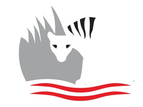|
Our French Poly visa clock is ticking very loudly now but we still have a few more islands to go! Raiatea and Taha’a are twin islands surrounded by a fringing reef, which is similar to Huahine except that the islands, and the gap between them, are much larger.
We have had strong, gusty winds for some time now and it is starting to wear thin, as well as deprive us of sleep. Nevertheless we are ready to set off again. We bid farewell to Huahine and with a forecast of 15-22 kts we raise the main, but sadly its 5 gusting 6! Hoisted the Parasailor instead, but still not enough wind so we snuff it and motor for a bit before launching it again. We manage to hold it all the way to the pass to enter our next island destination, Raiatea. There are small motus (islets) either side of the pass and it’s a spectacular entrance through the reef. We anchor in Faaroa, a sheltered bay which is directly in line with the cut. It’s a deep bay, low at the head and very green surrounds, except that the water is very brown from silt and mud coming out of the river. We are both tired and will explore tomorrow.
The next morning we took the dinghy up the long, winding and shallow river. It’s quite beautiful, lined by lush vegetation and trees with gnarly roots and the reflections on the water are something else. We disembark at the dock of the the small Jardin Botanique (Botanic Garden), wander through the lovely garden and start heading up the road passing a few locals selling produce. Our destination is a viewpoint up in the hills where we should get a great view over the island. It’s quite a hike along the road and turns out to be pretty steep but fortunately at the turn off we are offered a lift by a friendly local who is on his way to the shooting range. He takes us all the way up to the Belvedere de Faaroa which is great as it would have been quite a schlep! We walk and find the track which takes us up along a ridge to a viewpoint. It was a steep climb up some steps with ropes to help us along some points, but well worthwhile. Spectacular! We can see down the west coast of the island as well as back to the bay where we anchored, and its a lovely sunny day.
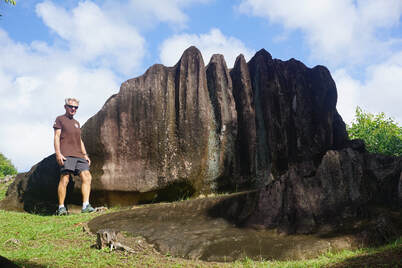 Funky Rock Formations Funky Rock Formations
Heading back down we stop at another viewpoint, which is looking directly back to our anchorage. The hum of cicadas accompanies us on our walk, which always reminds us of home. Heading back down the hill we were planning sticking a thumb out for a lift, but all the cars are coming the opposite way! We make a stop at the Randonee de Gambross, which is a very small picnic area with some interesting rock formations, and we can rest our legs for a bit. We end up walking all the way back to the Jardin Botanique but at least it was downhill. We could stop at a few roadside fruit stalls to buy some of the lovely fresh fruit and veg, grown in people’s back yards. We head back to the boat and when we get there the anchor alarm is going off, ooops, we are sitting on the muddy bottom! After holding well all through the night the anchor has given way in the soft mud at the river mouth and ITIKI has drifted into the shallows. We get the engines going and manage to move off slowly. Hmmm, that could have been worse! We had noticed that the charter boats tended to anchor further east and closer to the north shore. They may have moorings there or maybe they know it’s better holding.
We decide to head south down the east coast, staying inside the reef, and end up at an anchorage called “The Pool” on the southern end of Raiatea. It’s just by a private motu, which doesn’t give much protection from the easterly winds, but its quite lovely and the water is crystal clear. There is a small coral garden just behind us which I spend some time exploring.
The next morning we continued up the west coast or Raiatea, to the anchorage off the Village Tairineneva, a 14nm hop.
Firstly we motor gently across a tight, shallow channel over coral and rocks, back to the main passage. From there we followed the channel inside the reef before heading outside of the reef to bypass a gnarly-looking shallow bit, before coming back inside the reef again. Anchored to north of the motu and there are a couple of other boats here. We have strongish winds but at least it is consistent. Sometimes the current is stronger than the wind and we end up side on to the wind.
There is not much to do here and we read that the locals don’t like boats anchoring here, so the next morning we moved north to the anchorage at Motu Tau Tau. Motored inside the reef, passing the gap between the Raiatea and Taha’a islands. It’s quite wide and wind funnels through here and we don’t seem to get a lot of protection even when we turn the corner and are directly behind Taha'a island. As often happens the strong easterly winds wrap around the islands. We anchor to the north of the bungalows with 2 other boats. There is another anchorage to the south and which ends up with 9-10 boats, so seems we chose well. We are seeing a lot of charter boats now and they do tend to stick together. Took the dinghy over to the motu and snorkelled without fins around the shallow coral garden. It’s looks pretty good and the water is clear and shallow and teeming with fish. Check out the video below to join me under the water...
In the morning we took the dinghy to the beach and walked along the shore of the middle motu, as far as we could to the west side. Got in the water for a snorkel, found a gap in the coral and started drifting. It was quite fast at first and had to stop myself a couple of times, grabbing onto some dead coral. It’s difficult to steer without fins, but as it is so shallow they would have caused a bit of havoc. Its shallow enough to stop on a rock or sand patch, stand up and look for a gap then get back in the water and head for it. The flow rate slowed as we got further along and there were sand patches. As I got all the way to the end of the channel and coral garden I saw a huge ray swim under me, pretty freaky.
After lunch it got a bit bouncy in the anchorage so we decided to take a look in the bay opposite, on the main island of Taha’a. Picked up a mooring buoy which looked a bit ordinary, and then the boat in front of us left so we moved to their buoy. Went ashore for a look, but sadly the rhum distillery and tapas bar was closed as its Sunday. As time waits for no man, or boat, we set off the next morning for our final (official) island of French Polynesia, Bora Bora, which is 28nm to the west.
0 Comments
The island of Huahine is an immense tropical jungle, with thriving with coconut plantations, vanilla orchids, banana groves, breadfruit trees and watermelon fields. The island is divided into two parts: Huahine Nui (big) and Huahine Iti (small). The name Huahine, a variation of the Tahitian word vahine (woman), apparently refers to a mountain ridge resembling the outline of a pregnant woman—a symbol of the island's fertility…
It’s quite a passage from Tahiti to Huahine at 108nm so we head out of Tahiti’s airport anchorage in the late afternoon, straight into a squall with gusts up to 35 kts! Great timing. Put the main up with one reef and genoa out. The sea state is terrible, really big waves and quite short period and with the strong winds make it very uncomfortable. We get several squalls during the night and it's pitch black too. It's so uncomfortable that we end up having to slow the boat down, which goes against the grain.
Lost the breeze in the morning and motored the last 20 miles or so. Although it’s a small island it’s a reasonable distance from the bottom of the island to the cut on the NW side. As with all of the society islands, Huahine is surrounded by reef and we enter through a cut, or opening in a reef. We have a couple of guys in outrigger canoes chasing us in to ride our wake. They look like they are in serious training and it’s hard to make them smile…
There are no mooring balls available at Tahateo and the holding here is not great. The bottom looks like sand but it’s hard to get a grip as its a shallow layer of sand over rock and it took us 3 goes to get the anchor to bite. We finally dig in and head ashore to find out what is going on in town. We decide on Sunday lunch at Chez Tara in the south of the island. It’s a Polynesian feast cooked in an earth oven. Sounds perfect!
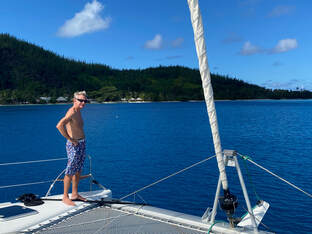 Avea Bay Avea Bay
It’s only 7nm down to the southern anchorage and we can stay inside the reef, but we have to navigate the narrow channel carefully as there are some shallow and narrow sections, but it’s well marked and our charts are accurate. We pass a couple of other anchorages including one at the mouth of the bay where the two halves of the island join.
Avea Bay is a really lovely anchorage with a small and very discreet resort. We pick up a free mooring buoy, there are 3-4 other boats around. We go ashore and book in for lunch tomorrow at Chez Tara and we are also able to book a hire car for Monday. We take a walk along the lovely, white sand beach. The bay gets busier and busier throughout the day, with charter boats coming to join the feast tomorrow and soon all the buoys are gone. Traditional Sunday Lunch
On Sunday morning we head ashore just before 11am to see the earth oven being opened. It is well insulated, covered with tarps, corrugated iron and banana leaves! It takes several guys to lift the cage, containing the meats, out of the pit and move it aside, revealing the hot coals - we can feel the heat radiating off them. They start unpacking the meat, some of it is in pots, some wrapped in banana leaves.
 Lunch in our Sunday best Lunch in our Sunday best
We have some lovely traditional music to accompany our feast, with a band playing ukuleles and drums. All of the staff are dressed in brightly coloured clothes with flowers in their hair, which makes for a very festive atmosphere. After a small rain squall come through we move our table back a row but we are still overlooking the beautiful beach and anchorage. The buffet is a huge spread and it’s hard to keep track of what is going onto our plates. As well as the delicious meat (including lamb!) there is the traditional cerviche (raw fish in coconut) and excellent fresh salads. I end up with a hunk of pork but will palm it off onto Keith’s plate. It’s all delicious and beautifully cooked. Desserts are very sticky, sweet and filling. We have a lazy afternoon after that one!
Road Tour of Huahine
We head ashore the next morning to pick up the car. Starting an anti-clockwise island circuit, we visit a Marae which is archaeological site (ie a stone wall) which was once a traditional meeting place. There are a number of these dotted around the island. We stop at various view points along the winding road which follows the coast on the eastern side, before coming into the lagoon between the two islands and crossing the bridge that joins them. The highlight was visiting the unique, “Sacred” blue eyed eels. They were just in a creek by the side of the road, semi-hiding under a concrete ledge. Quite large and lively creatures, and yes they really had blue eyes! They even turned on a smile for the camera! A tour group came along and the guide started feeding them and it got a bit raucous, so it was time to go.
Next stop was a “floating” pearl farm that was actually sitting on a lump of coral in the middle of the lagoon, between the islands. A small, motorised outrigger shuttle took us out to it. Basically it’s a pearl shop with a small demonstration of the pearl seeding process, which we have seen before. Something akin to IVF with dentist’s tools…
We stopped by some traditional, stone fish traps that are in a river by a bridge. These are similar to the aboriginal ones we have seen in Australia but seem to be well maintained and still in use today.
We also stop at a few more view points and archaeological sites, as well as a vanilla farm before heading to the main town. Here we run into some fellow cruisers and join them for lunch at the Yacht Club. From here we return along the western shore and back to our anchorage.
Well we have pretty much done Huahine so after a final day relaxing, walking on the beach, swimming and chilling we will leave for the next of the Society islands. Fortunately only a short hop across to the twin islands of Raiatea and Taha’a.
|
AuthorAfter more than 5 years of (minus time off for Covid) and more than 27,000nm Lynda has finally got the hang of this cruising life Archives
June 2024
Categories |
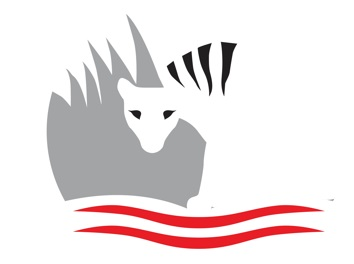
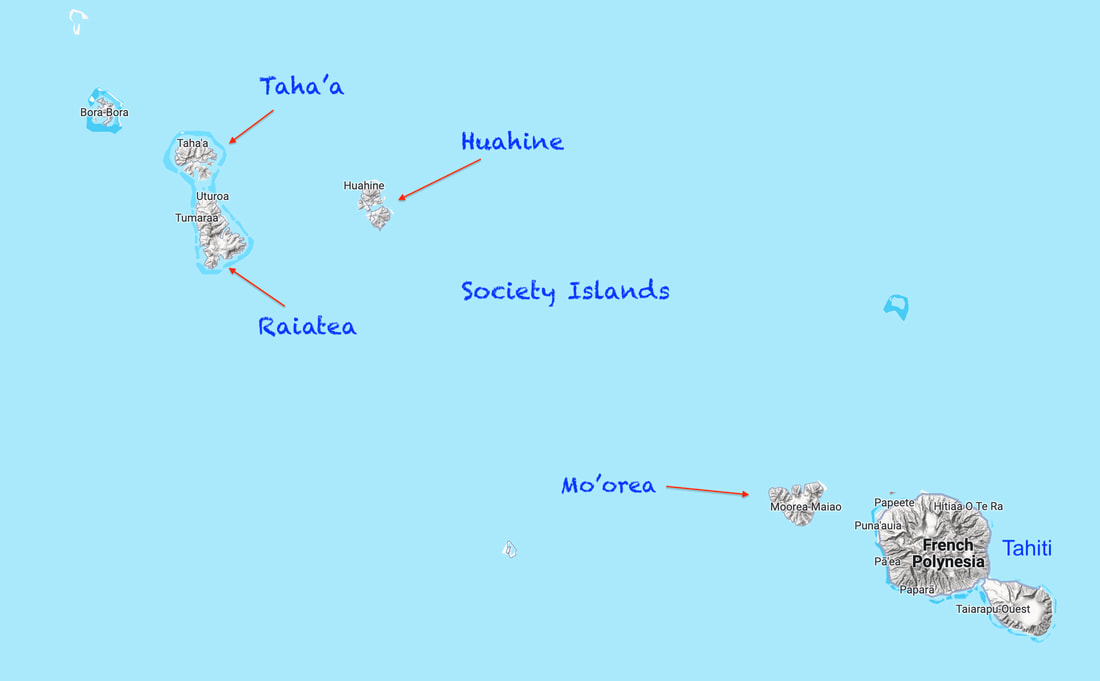
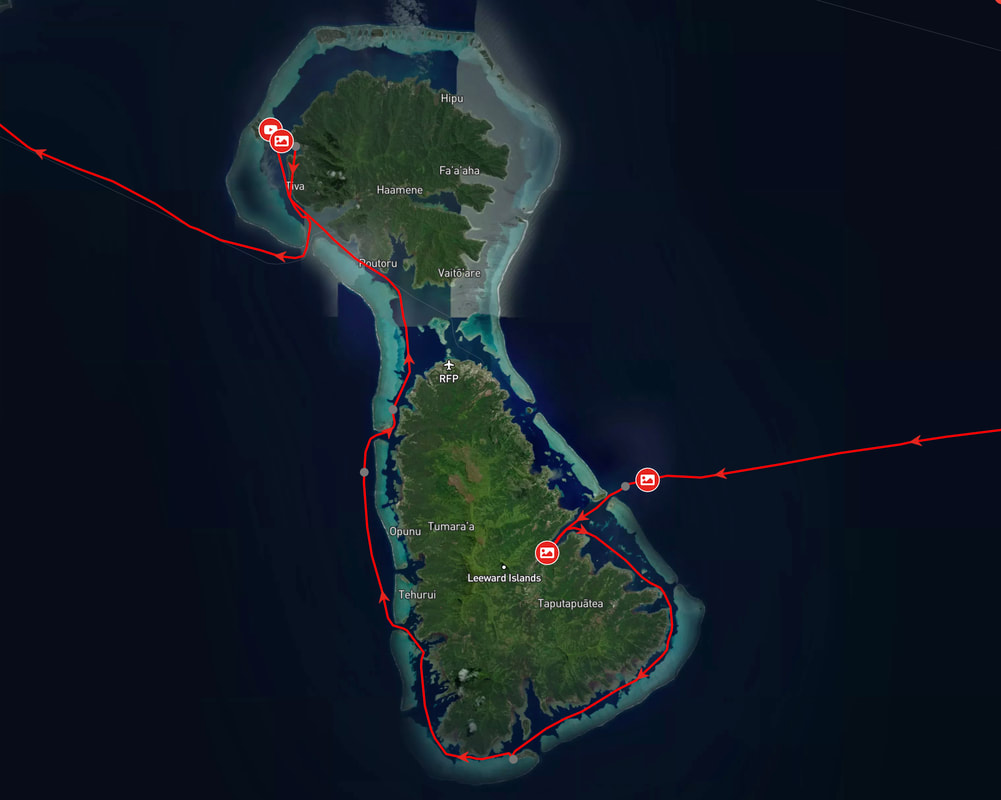
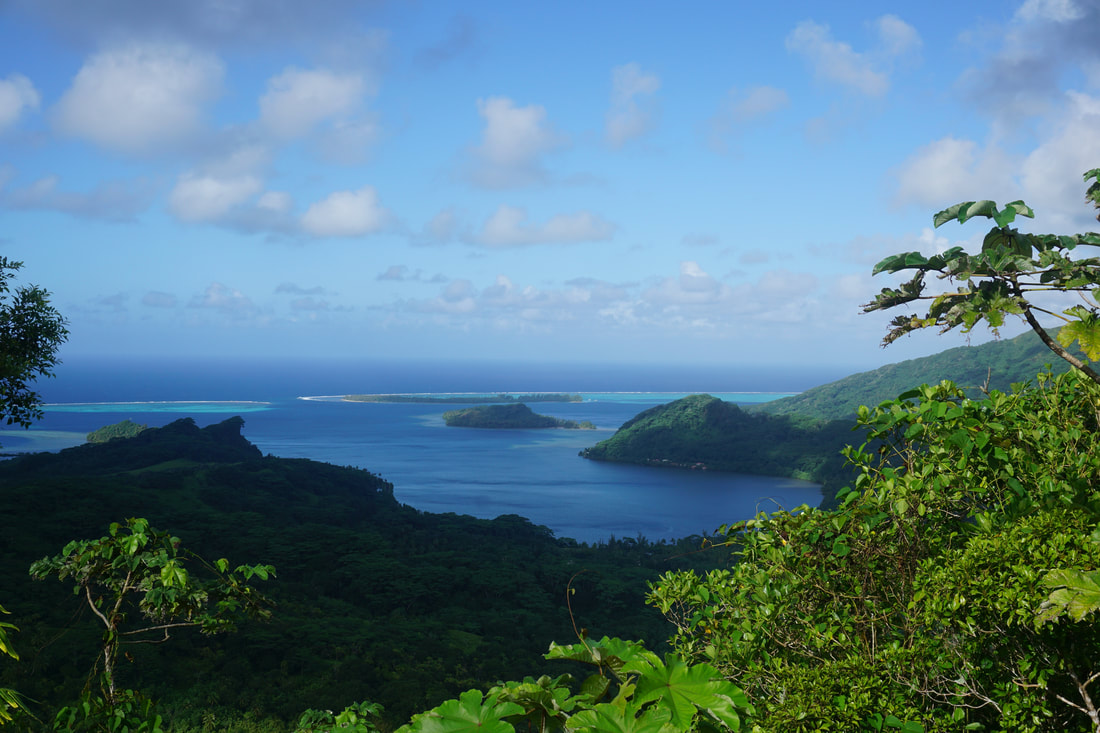
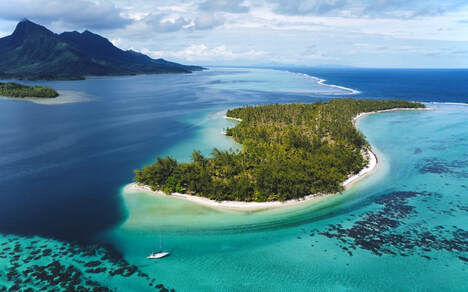
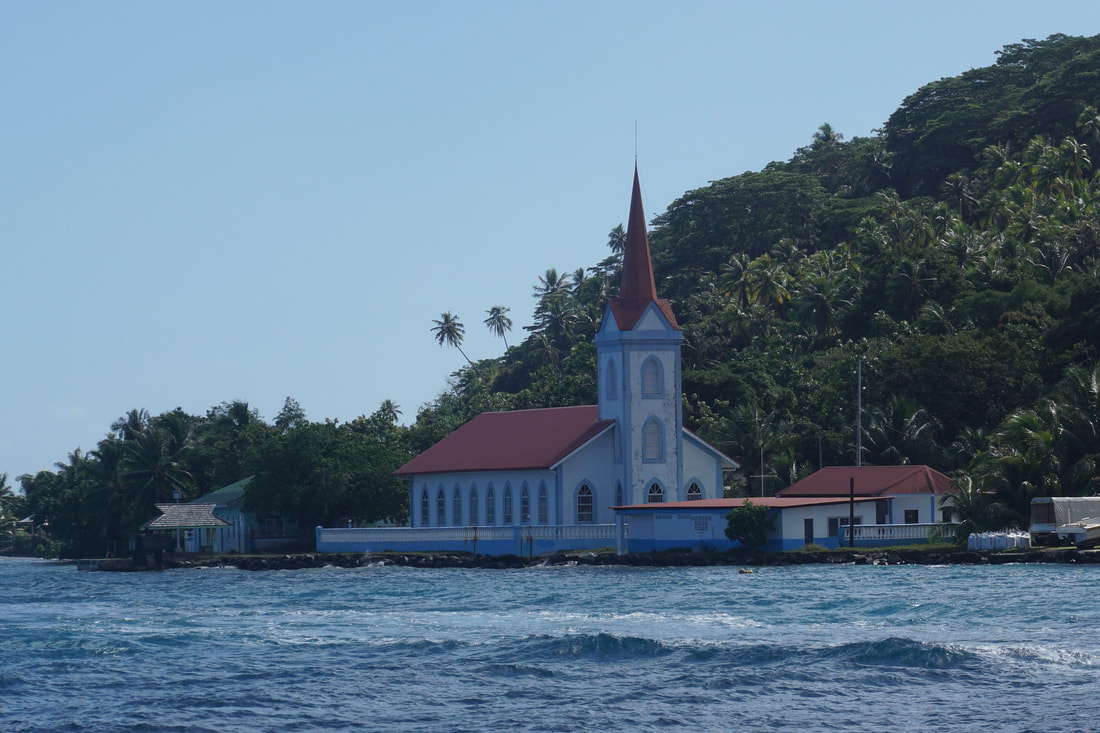
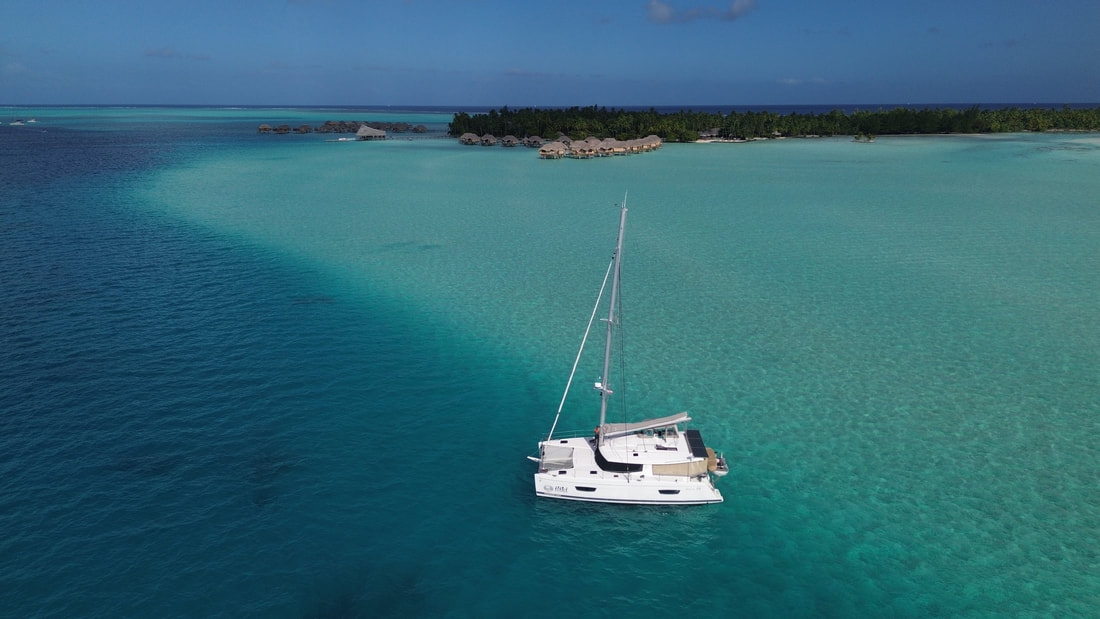

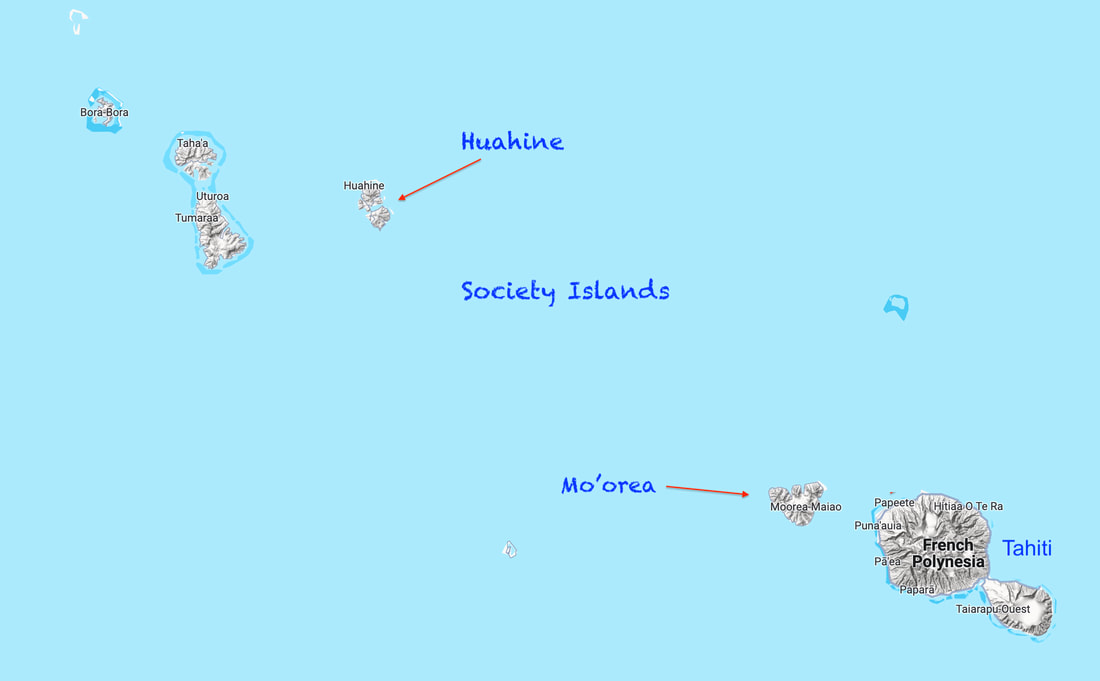

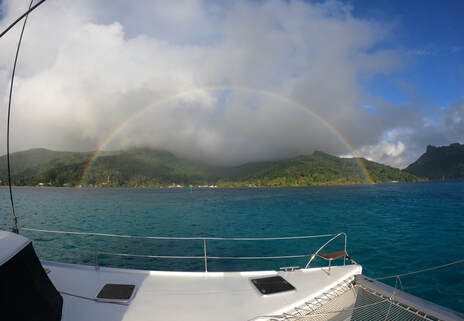
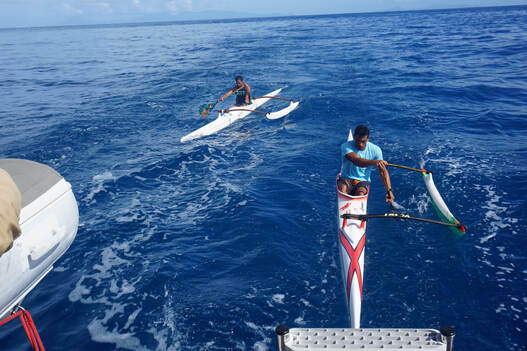
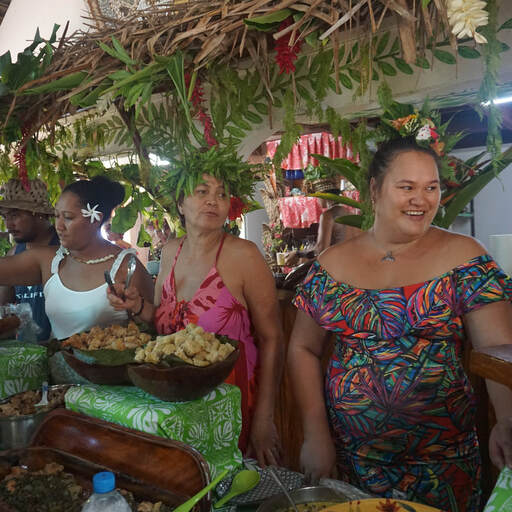
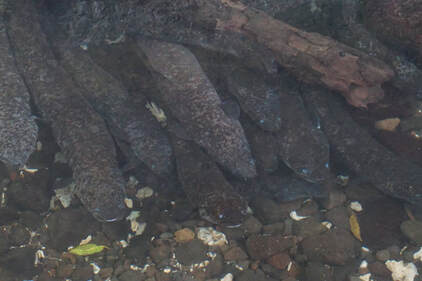
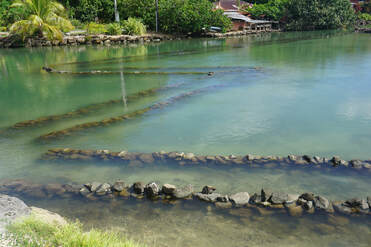
 RSS Feed
RSS Feed
